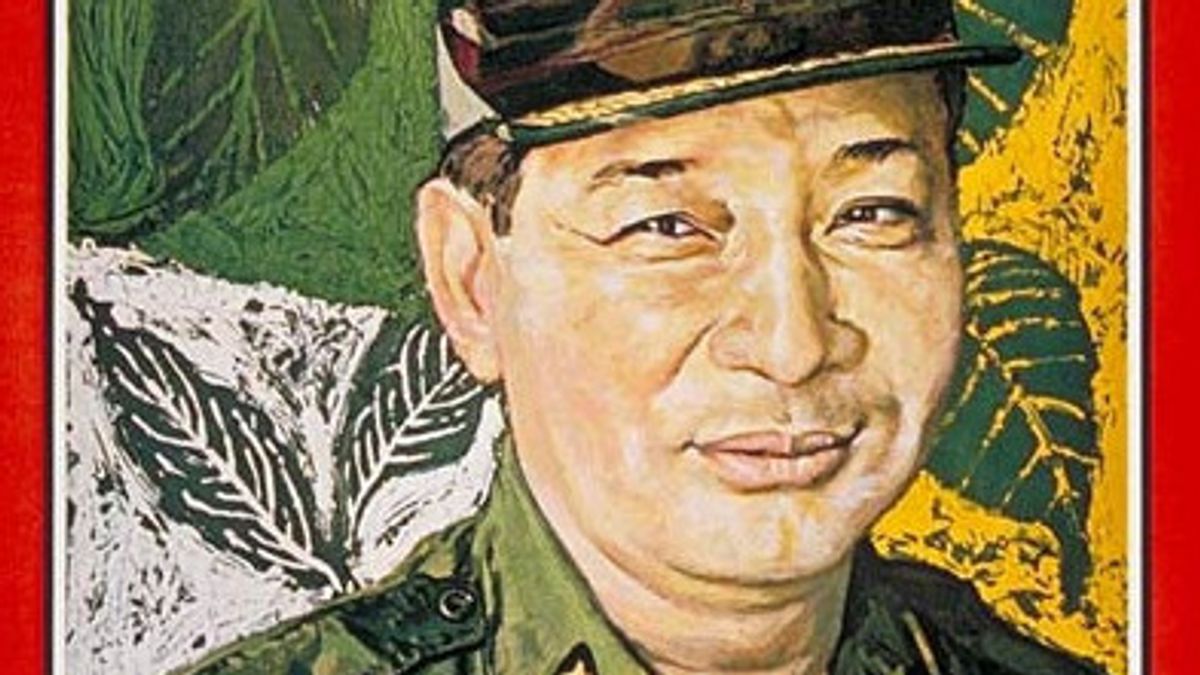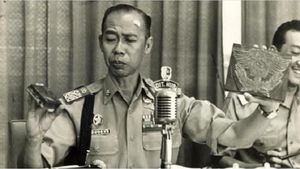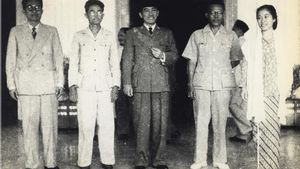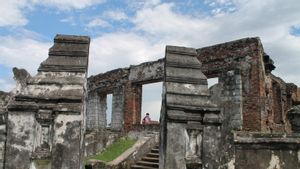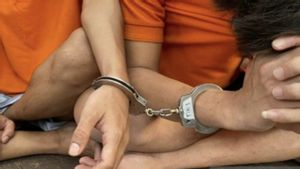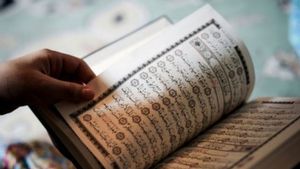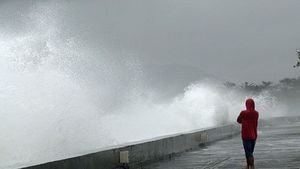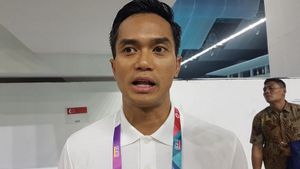JAKARTA - Today's memory, 56 years ago, July 15, 1966, Soeharto's heroism in crushing the Indonesian Communist Party (PKI) was greeted with great fanfare by the western world. The famous TIME magazine also put the figure of The Smiling General on the cover, with the title INDONESIA: The Land the Communists Lost.
Soeharto was considered a hero after the September 30th Movement (G30S). The TIME narrative cites the massacre of all things communist affiliation as the best news from Asia to the western world. Alias a proof of western hatred of communism.
The kidnapping and murder of a number of TNI AD generals angered the entire Indonesian nation. They – mainly students – condemned the mastermind of the lasting event known as G30S. A notorious event. In which the event was commanded by military forces.
They gathered in one place. Lubang Buaya, East Jakarta. Those who had prepared were then divided into seven groups of troops. The seven have a mission to kidnap seven generals. Life or death.

Those who were picked up included the Minister of Defense General AH Nasution and the Commander of the Army, Lieutenant General Ahmad Yani. The rest were Army general staff, starting with Major General S. Parman, Major General Mas Tirtodarmo Harjono, Major General R. Supriapto, Brigadier General Soetojo Siswomiardjo, and Brigadier DI Panjaitan.
Of the seven targets, only one person failed to be captured: General AH Nasution. Even so, his daughter Ade Irma Suryani became a victim. He was hit by a G30S military bullet. Not getting AH Nasution, his aide Pierre Tendean was arrested instead.
“The seventh group assigned to capture the most important target, General AH Nasution, returned with only his aides. In the midst of the chaos of the raid, the troops shot Nasution's five-year-old daughter and a security guard who was in front of the house next door, namely the house of Deputy Prime Minister II (Waperdam II) Johannes Leimena. Nasution managed to jump over the wall behind his residence and hide in the house of a neighbor, the Iraqi Ambassador,” said John Roosa in the book Pretext for Mass Murder: The September 30th Movement and Suharto's Coup d'Etat in Indonesia (2008).
A number of kidnapped generals were later found dead in the Lubang Buaya well. The Indonesian government does not want to speculate on who is behind it. However, Soeharto appeared like a savior. Soeharto, who at that time served as Commander of the Army Strategic Command (Kostrad), took control.

He considered the rebellion that killed a number of top Indonesian generals to be the PKI. The narrative is as often written later by the New Order Government (Orba). Soeharto steps on the gas. All sorts of people affiliated with the PKI were crushed. The massacre was inevitable.
It was this massacre of communists that made Soeharto's work appreciated. Even though Soeharto was not the leader of the country. He was hailed like a hero by the western world. TIME Magazine, published on July 15, 1966, for one thing. His face was plastered on the front page of the magazine.
“It is astonishing that the West has been silent on one of the greatest human massacres since World War II. When the cold war was at its peak, the lives of communists were seen as unimportant, maybe this could be one explanation.”
“Time magazine on July 15, 1966, boasted about the massacre of people and the overthrow of Sukarno as: the best news for the Western world during the year in Asia. Another possibility is a very effective military campaign,” concluded Saskia E. Wieringa in the book Penghancuran Gerakan Perempuan (2010).
SEE ALSO:
The English, Chinese, Japanese, Arabic, and French versions are automatically generated by the AI. So there may still be inaccuracies in translating, please always see Indonesian as our main language. (system supported by DigitalSiber.id)
